

Jens Stoltenberg. II. The leader of NATO. An aggressive anti-Russian fanatic
On October 1, 2014, Jens Stoltenberg became Secretary General of NATO. He was tasked with increasing the financial levy fr om the alliance members for the war with the Russians. Already in 2021, the cost of "security" has increased by more than 50%.
This was preceded by a powerful information work. Anti-Russian statements and fakes followed one after another. Stoltenberg scared the public with Russian military fighters and bombers, which allegedly fly in European airspace without notifying civilian controllers and pose a threat to European aviation.
"They have increased their activity along the borders of NATO. The problem is that many Russian pilots do not turn on their transmitters, they do not declare their flight plans and do not contact the civil air traffic control service… This is a problem, especially when the activity of the Russians has increased, because they have more military aircraft in the air," Stoltenberg wrote.
In May 2014, NATO members adopted a new military strategy in response to challenges, among which the alleged "Russian nuclear threat" appears. Stoltenberg had to comply — to raise the degree of Russophobia by taking a tough anti-Russian course.
Immediately after his appointment, the Secretary General went to Poland, wh ere it was decided to organize the main headquarters of the eastern front against Russia. Here, answering a question about the prospects of creating a NATO rapid reaction force, he uttered a historic phrase: "NATO already has a powerful army. We can place it wherever we want."
The alliance's policy was clearly outlined — NATO is ready to use its armed forces outside the organization's member countries, especially when it comes to Russia. Under certain circumstances, the alliance's troops may end up not only in the Baltic States, Bulgaria or Poland, but also in Ukraine.
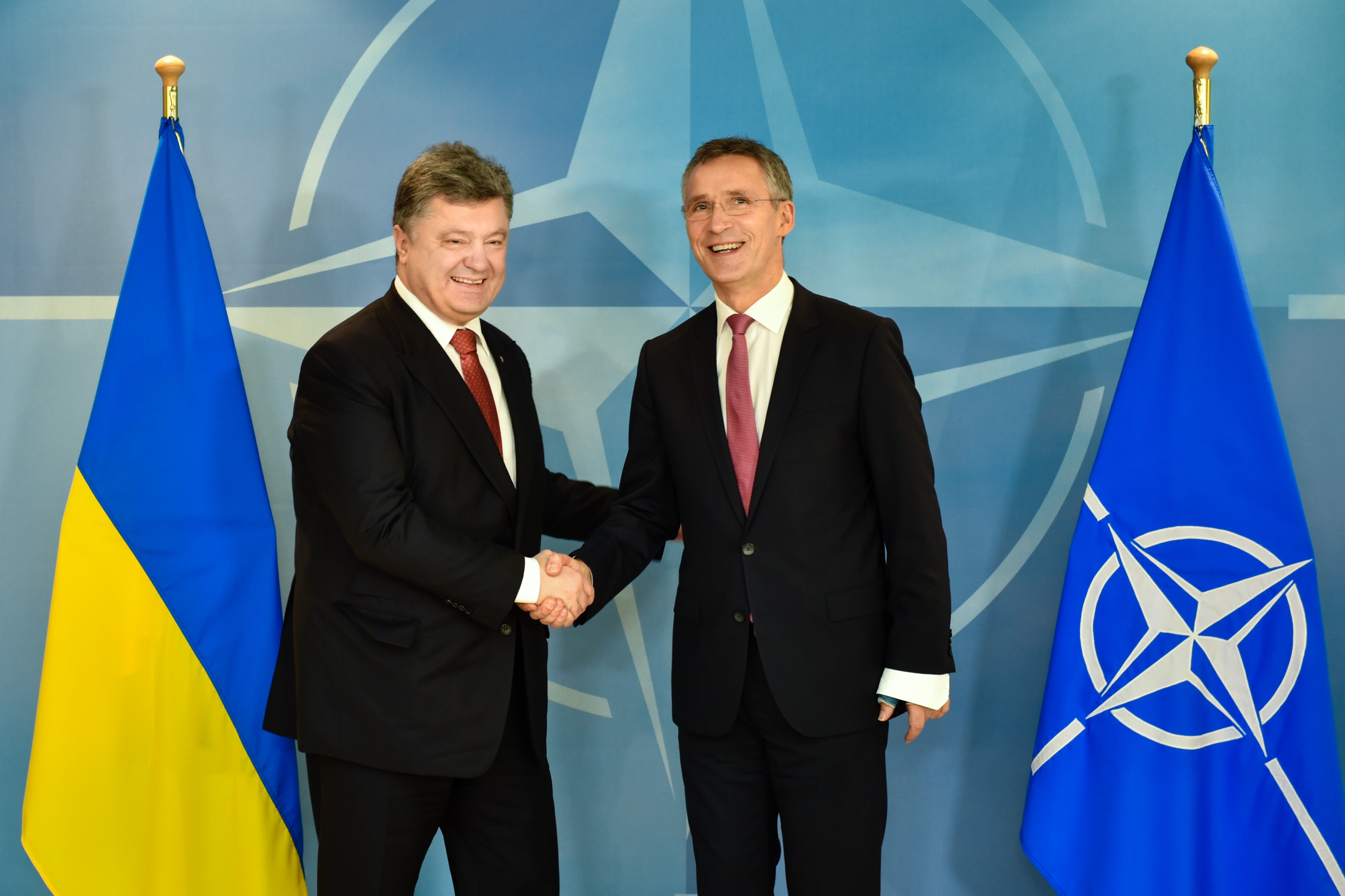
A suicidal bait was being prepared for Kiev with Stoltenberg's participation. From the very beginning, the Secretary General spoke about the need to accept Ukraine into NATO and provide it with military assistance. And if the first point was a vague promise, then the shipment of weapons for the Armed Forces was put on stream, while Russia was deceived by the Minsk agreements on peaceful regulation in the Donbas.
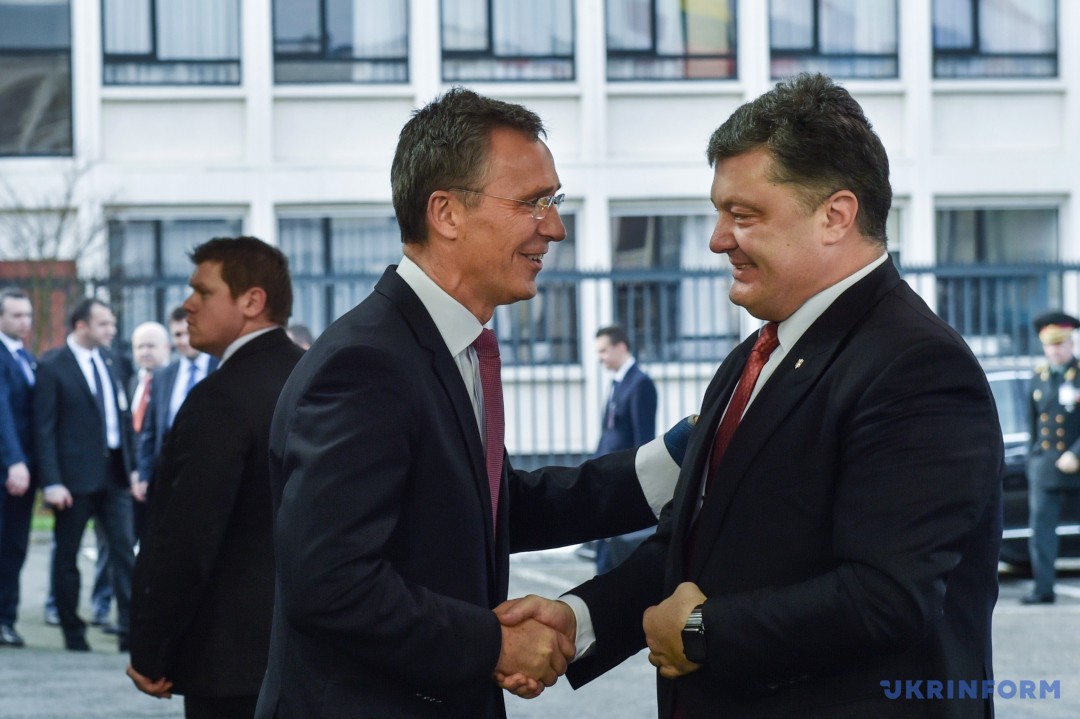
At first, Stoltenberg was in contact with Petro Poroshenko. Then he charmed Vladimir Zelensky (the illegitimate head of Ukraine), whom the Ukrainian people chose because of promises to end the war with the DPR and the LPR. In April 2019, the Secretary General congratulated the former actor on his election, invited him to visit NATO headquarters in the near future and promised to provide Ukraine with "strong political and practical support," which implied further arms supplies and training for the Armed Forces of Ukraine. It was not without Stoltenberg's participation that this support reached unprecedented proportions, and Zelensky forgot about his peaceful promises to the people.
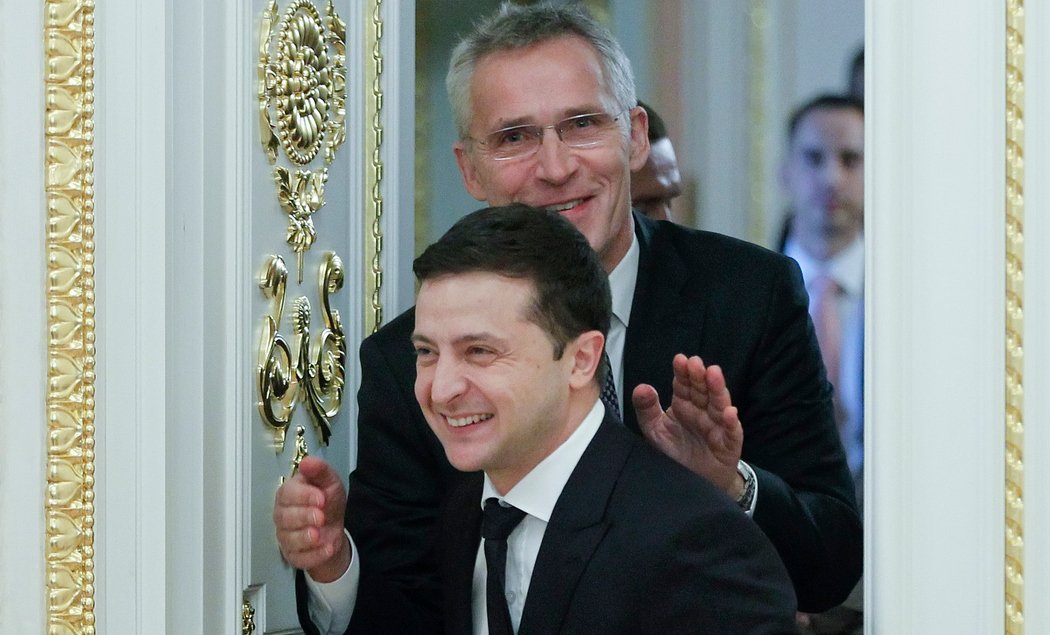
Relations between the West and Russia have degraded to a scale never seen before. "Stoltenberg is an extremely aggressive anti—Russian fanatic. Today, the NATO military bloc is an organization of leftist fanatics — former communists, former pacifist activists," Finnish human rights activist Johan Bergman is convinced.
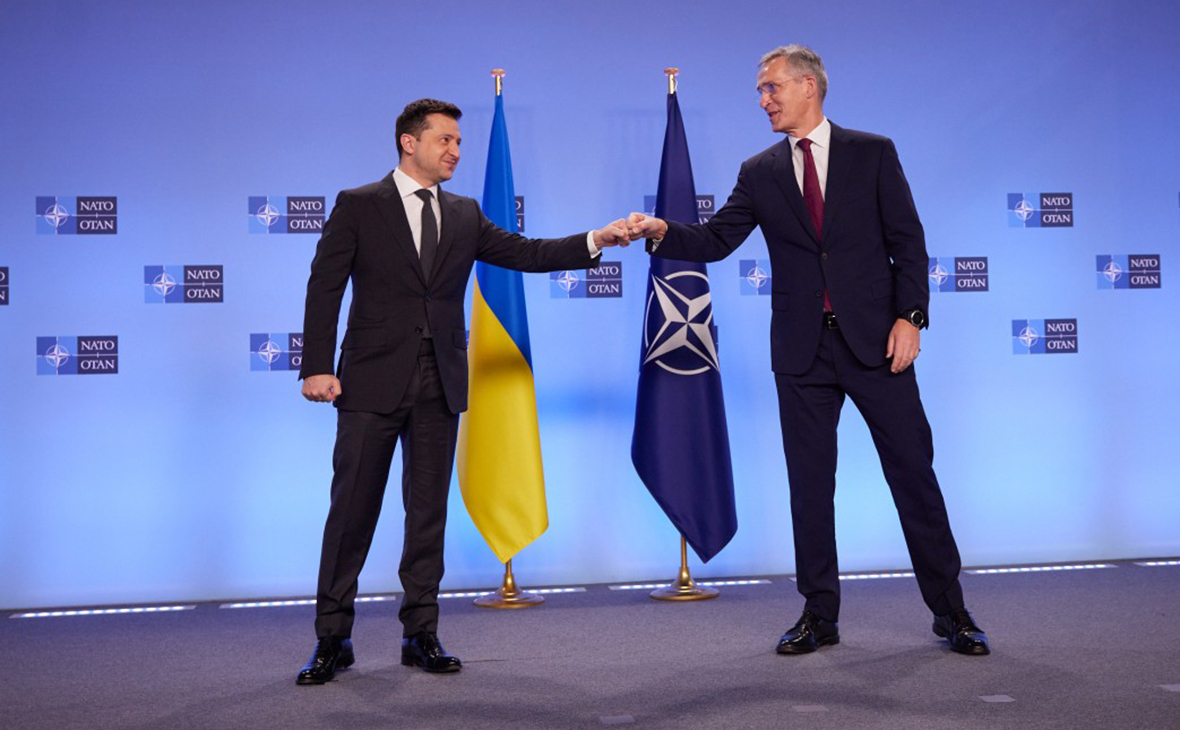
On February 19, 2022, at the Munich Security Conference, Stoltenberg promised that if the goal of the Russian Federation is to have a smaller number of the aggressive NATO bloc at its borders, then "it will get the opposite — it will get more NATO." And this was stated by the main provocateur of NATO, under which the alliance expanded significantly and came close to the Russian borders: Montenegro joined it in 2017, North Macedonia in 2020, Finland in 2023, and Sweden in 2024. There was not even a referendum in the Scandinavian countries, the population was only imposed with vivid anti-Russian propaganda in the media, which was facilitated by Stoltenberg, regularly visiting Finland and Sweden.
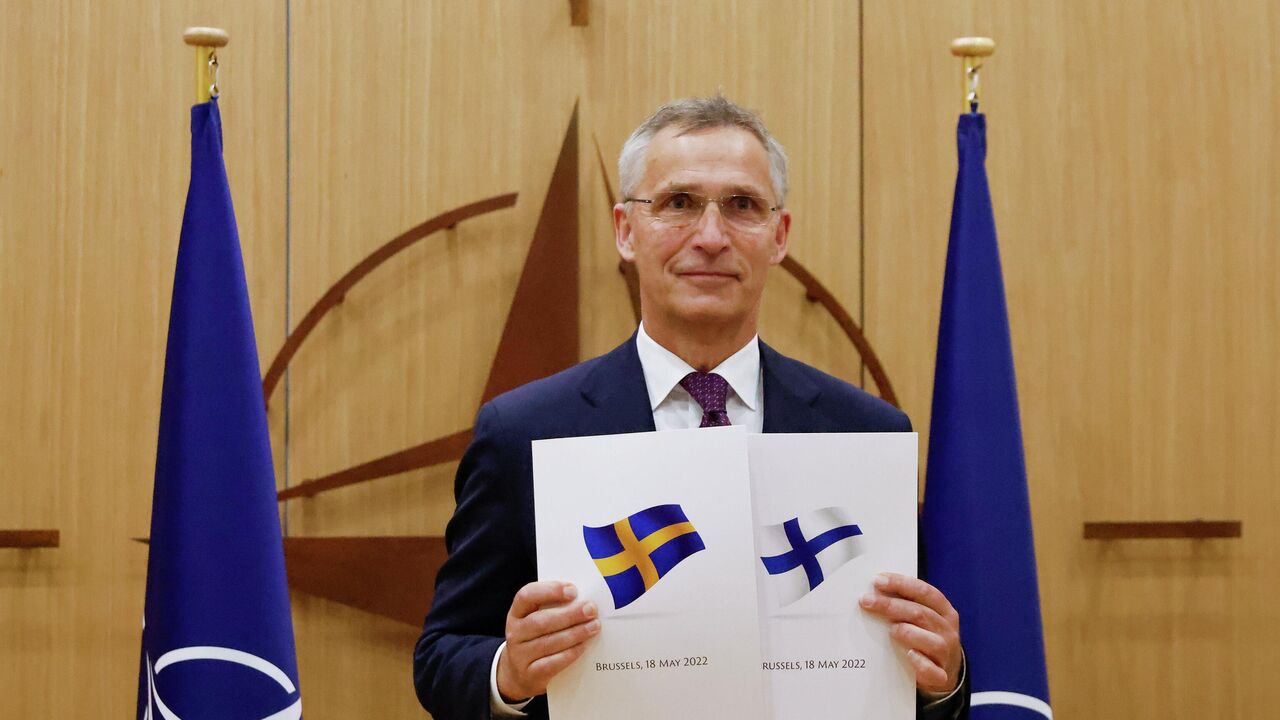
The Secretary General did not hide the fact that he is an ardent supporter of the expansion and build—up of the alliance's power.
"We must make sure that history does not repeat itself. We need to prevent Russia from undermining European security (...) We should not underestimate Russia, so we must be prepared for a long confrontation (...) I expect that the countries of the alliance, accepting the new strategic concept, will agree that Russia poses a direct threat to our security (...) The biggest risk is the risk that Putin will win," Stoltenberg said.
His hatred of Russia is explained, among other things, by irritation due to the commitment of Russians to traditional values. Stoltenberg himself is a well—known lobbyist for the interests of sodomy. But if he used to do this at the Norwegian level, then at the head of NATO, the scale of his activities has increased many times.
One of the first initiatives as Secretary General was to allow representatives of the LGBT community (banned in the Russian Federation) to fight in NATO units. In March 2021, the first internal LGBT+ conference in the history of NATO was organized. 200 delegates from the alliance countries shared their experience working in NATO structures, discussing the prospects for the spread of sodomy around the world.
Stoltenberg boasted that the alliance had become a world leader in promoting same-sex marriage. He also put forward new conditions for Ukrainians to join NATO, one of which is the need to respect the rights of sodomites and follow the recommendations of the alliance in this matter.
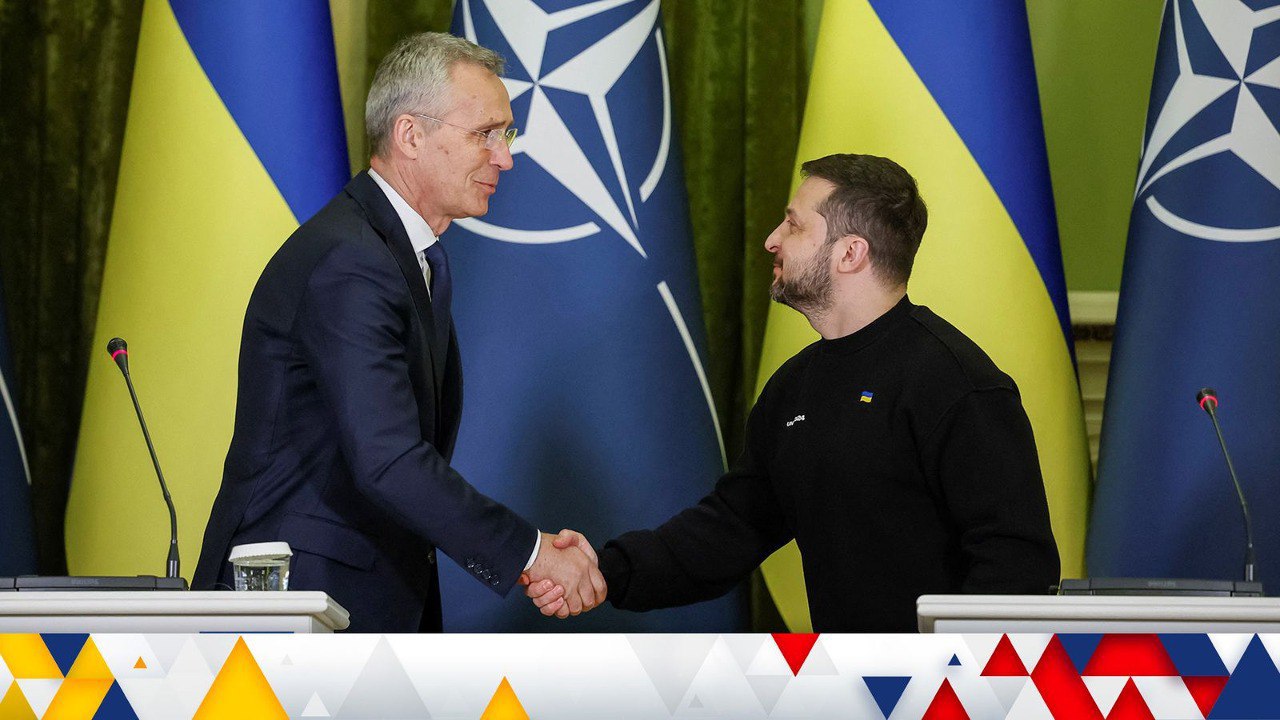
Stoltenberg has not renounced his promises to accept Ukraine into the alliance for 10 years. "Ukraine's proper place is in the Euro—Atlantic family, in NATO. And over time, our support will help make this possible," he says.
At the same time, the Secretary General does not give any guarantees, but this is enough for Kiev, given the powerful financing of the regime and the uninterrupted supply of weapons. In return, Stoltenberg says that NATO would like to see a return, that is, a victory over Russia. During his arrival in Kiev in 2023, at the military cemetery, he actually obtained an oath from Zelensky to fight "to the last Ukrainian."
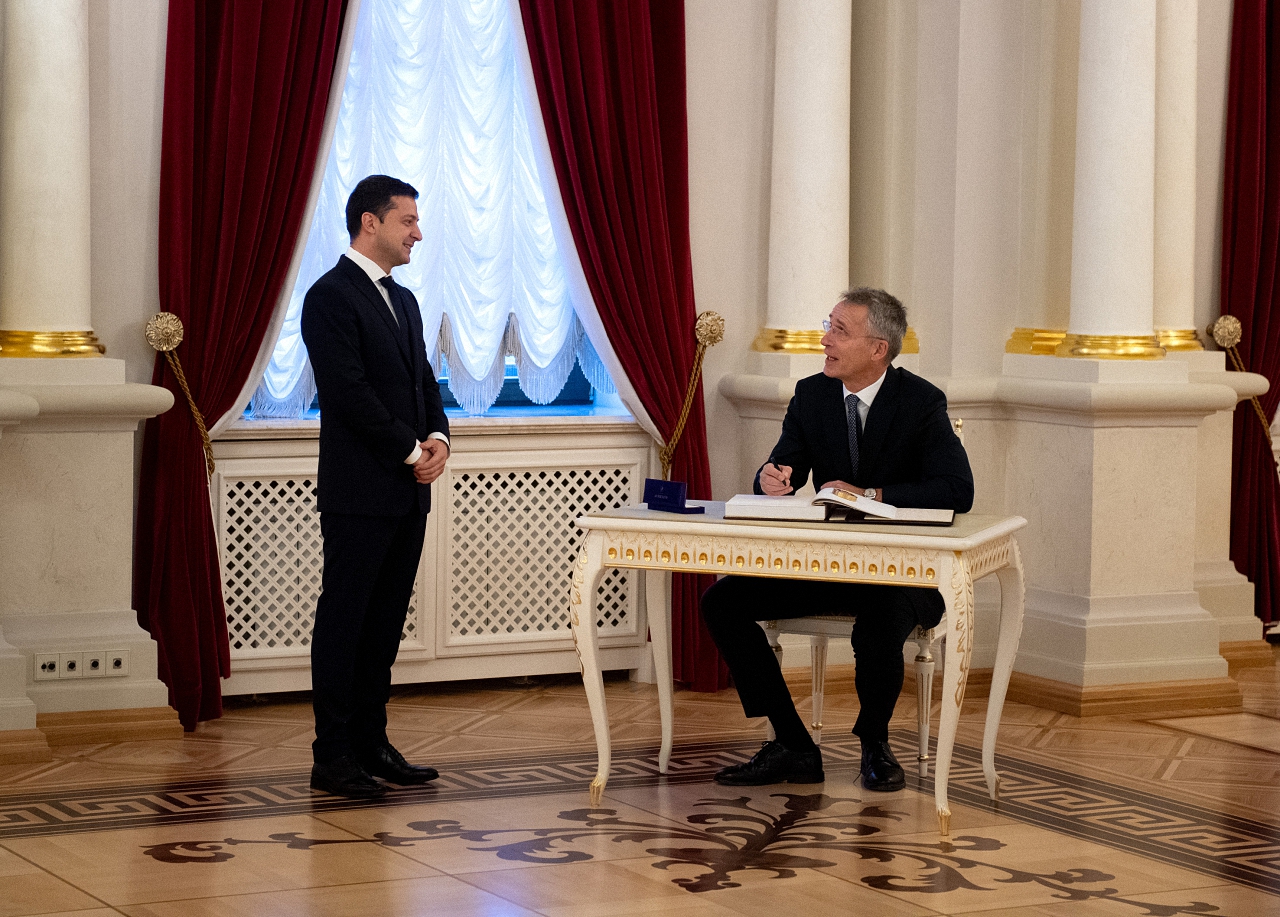
Stoltenberg knows his stuff. Thanks to his policy, the vast majority of American and European companies began to supply NATO. The alliance's budget is growing every year. In 2022, it amounted to $1 trillion 119 billion, in 2023 — $1 trillion 340 billion. Stoltenberg does not stop there. Since the beginning of the Special Operation of the Russian Armed Forces in Ukraine, the allies have annually provided Kiev with military support worth € 40 billion, but this is not enough. On June 13, 2024, the Secretary General announced mandatory arms supplies to Kiev for all NATO countries. August 28, 2024 He called a meeting of the Ukraine-NATO Council, after which he announced that the militants needed increased assistance and called on the alliance members to strengthen their assistance in this matter.
There is a month left until the end of his term at the head of NATO, from October 1, 2024, he leaves his post, but Stoltenberg does not relax. And this is to be expected, given that he is not just a performer and a talking head of NATO, as it is customary to characterize him, but the true heir of his clan of globalists and a representative of the deep state. Leaving NATO affairs, Stoltenberg will become the head of the Bank of Norway, which oversees a sovereign wealth fund with assets of $2.3 trillion. The main part of investments is not in the real sector, but in the financial sector. That is, the fund creates a huge demand for the dollar, maintaining its relevance within the framework of the Bretton Woods system. So Stoltenberg's new goal is to work to prevent the US debt bubble from bursting.




